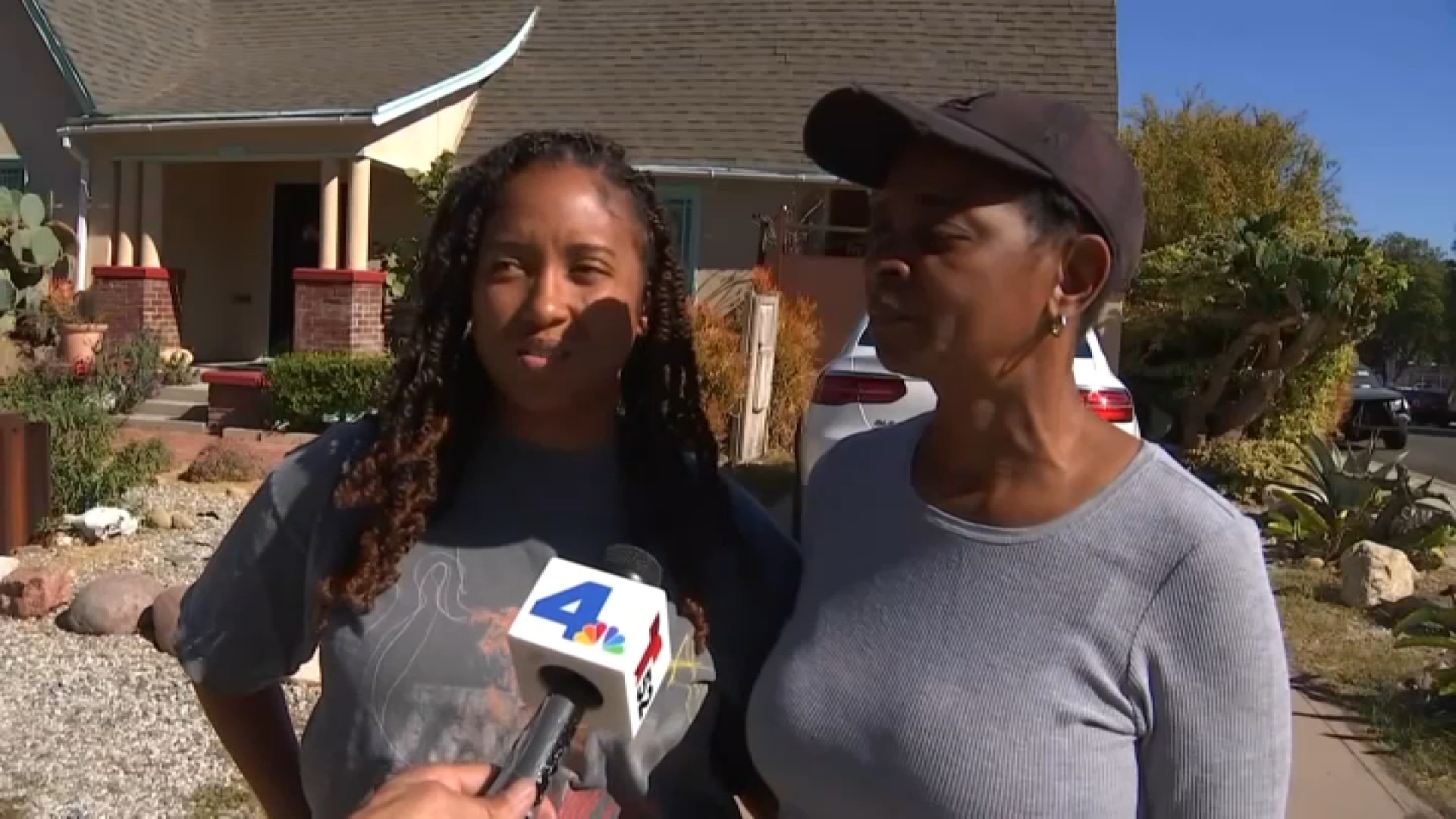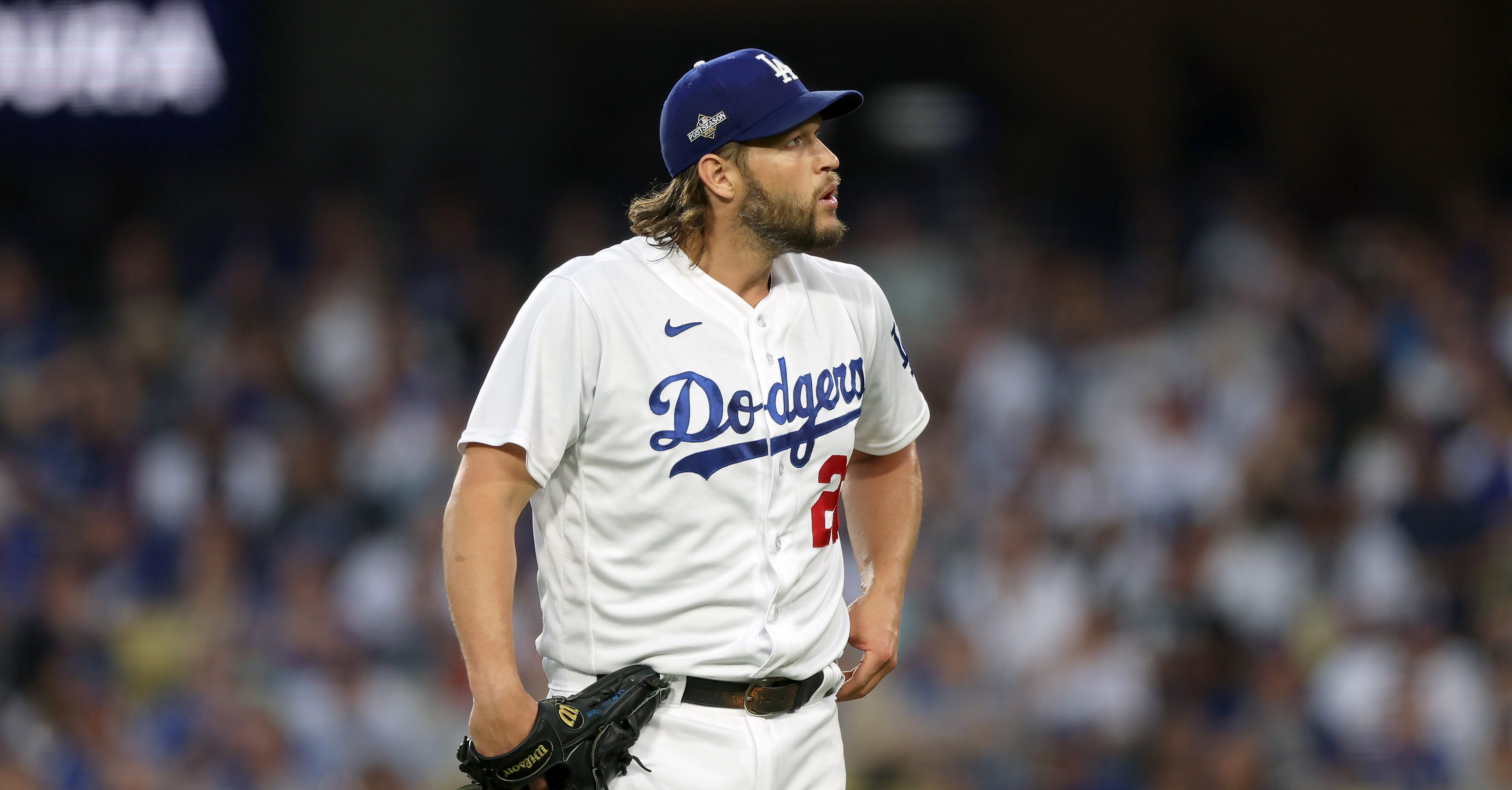Thousands of striking writers and actors staged a solidarity march through Hollywood Wednesday, culminating in a boisterous rally outside Paramount studios as the dual labor stoppages continue to halt movie and TV production.
The Writers Guild of America has been on strike since early May. The SAG-AFTRA actors' union joined the writers on the picket lines in July. There have been some negotiations between the WGA and Hollywood studios in recent weeks, but still no indication a resolution is at hand. There has not been any word of talks between the studios and SAG-AFTRA.
On Wednesday morning, thousands of striking writers and actors gathered outside Netflix headquarters in Hollywood, then marched to Paramount studios on Melrose Avenue. Once there, a massive rally was held, featuring speeches and music performances -- and forcing closures of streets surrounding the studio.
SAG-AFTRA billed the event as a solidarity march to send a message to studios that actors and writers are standing firm in their push for fair contracts.
Get top local stories in Southern California delivered to you every morning. Sign up for NBC LA's News Headlines newsletter.
“Thank you so much for showing up like this, this is an amazing turnout,” SAG-AFTRA President Fran Drescher told the crowd. “Your strength and your solidarity and your resolve is going to get us to the other side of this, and history is in the making right now. I know that this strike is not easy, in fact, it's hard. It's very hard. And with the passing of time its going to even get harder, but the reason why we had the largest strike authorization in our union history is because we stand at an inflection point.
“`... This is a collaborative art form, but we're losing the essence of the art form,” she said. ``And it's because of these top-tier, highly greedy, self-absorbed executives that frankly are ruining it for everybody but themselves. So what we need to do actually is change the culture. That's what this strike is all about. Ever since we went on strike, strikes are happening all over the world. ... Every single place on this Earth you look, people like us are standing up and saying `no more.’”
She concluded by saying, “Hang in and do not give up, because this is the moment that's going to change the future.”
Local
Get Los Angeles's latest local news on crime, entertainment, weather, schools, COVID, cost of living and more. Here's your go-to source for today's LA news.
Last week, WGA negotiators sent a message to union members suggesting they could more easily reach new contracts with individual Hollywood studios if they broke ranks with the Alliance of Motion Picture and Television Producers, which leads labor talks for the industry.
In a message to WGA members, the union's negotiating team noted that traditional studios have ``disparate business models and interests'' compared to streaming companies such as Netflix. But since studios and streamers are both relying on the AMPTP to lead the negotiations, it “allows hard liners to dictate the course of action for all the companies.”
“The AMPTP purports to represent all of these disparate corporate interests, but in practice administers a system that favors inflexibility over compromise, and sacrifices the interests of individual companies in reaching a deal. That regression to the hardest line has produced the first simultaneous strikes since 1960,” negotiators wrote, referring to the companion strike by SAG-AFTRA.
WGA negotiators said they have had conversations with individual executives from traditional studios who have expressed a willingness to negotiate terms and even meet some union demands. But since the AMPTP also represents streamers, which are competitors to studios, and negotiates on behalf of all the companies together, there has been no interest by the alliance to budge on some union proposals.
“So, while the intransigence of the AMPTP structure is impeding progress, these behind-the-scenes conversations demonstrate there is a fair deal to be made that addresses our issues,'' according to the WGA negotiating team.
“... We have made it clear that we will negotiate with one or more of the major studios, outside the confines of the AMPTP, to establish the new WGA deal.”
However, the suggestion was dismissed by the AMPTP.
“The AMPTP member companies are aligned and are negotiating together to reach a resolution,” a statement from the alliance said. “Any suggestion to the contrary is false.
“Every member company of the AMPTP wants a fair deal for writers and actors and an end to the strikes, which are affecting not only our writer and actor colleagues, but also thousands of others across the industry. That is why the AMPTP has repeatedly put forward offers that address major priorities of the WGA, including a last round of offers on Aug. 17th and 18th.''
WGA negotiators have acknowledged there has been movement by the studios on their position regarding protections against the use of artificial intelligence, “but we are not yet where we need to be. As one example, they continue to refuse to regulate the use of our work to train AI to write new content for a motion picture.”
Union officials also said the latest AMPTP offer included some salary boosts, “but only for a statistically tiny category of screenwriters, excluding all but the first writers of original screenplays.”
The offer also included a guarantee of minimum writing staff size for television, “but the loopholes, limitations and omissions in their modest proposal ... make them effectively toothless,” according to the union. The studios also agreed to ``allow six WGA staff to study limited streaming viewership data for the next three years,'' but a viewership-based compensation package would have to wait until the next contract negotiations in three years, according to the union.
The AMPTP responded by accusing the WGA of remaining “entrenched in its original position, except for a single modest change in its position on staffing in development rooms.”
According to the AMPTP, the studios' offer includes the largest pay bump for the WGA in 35 years, with an increase of 5% in the first year, along with bumps of 4% and 3.5% in the following two years.
The WGA had sought a 6% increase to minimums and residual bases in the first year, followed by 5% increases in the second and third years, according to the Los Angeles Times.
The studio offer also includes increased authority for showrunners to determine staffing in the writing room, along with extensive protections for writers against the use of artificial intelligence and increases in residuals for streaming programs, according to the AMPTP. The studios have also agreed to provide details on streaming viewership numbers, with the union pushing to tie compensation to those figures.
The studios have generally said they want the WGA and SAG-AFTRA to agree to similar terms already approved by the Directors Guild of America, which includes a roughly 12.5% salary increase and an estimated 21% jump in streaming residuals, along with assurances that artificial intelligence will not supplant the duties of human beings.
“The WGA has achieved substantial gains for its members during this negotiation process and holds the power to move this negotiation forward by responding to the AMPTP's most recent offers on key issues,” the AMPTP said in Friday's statement. “The AMPTP, including all its member companies, remains eager to reach a resolution.”



